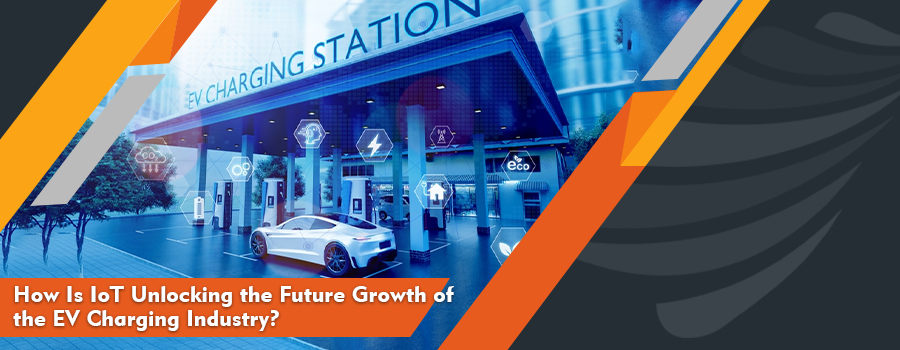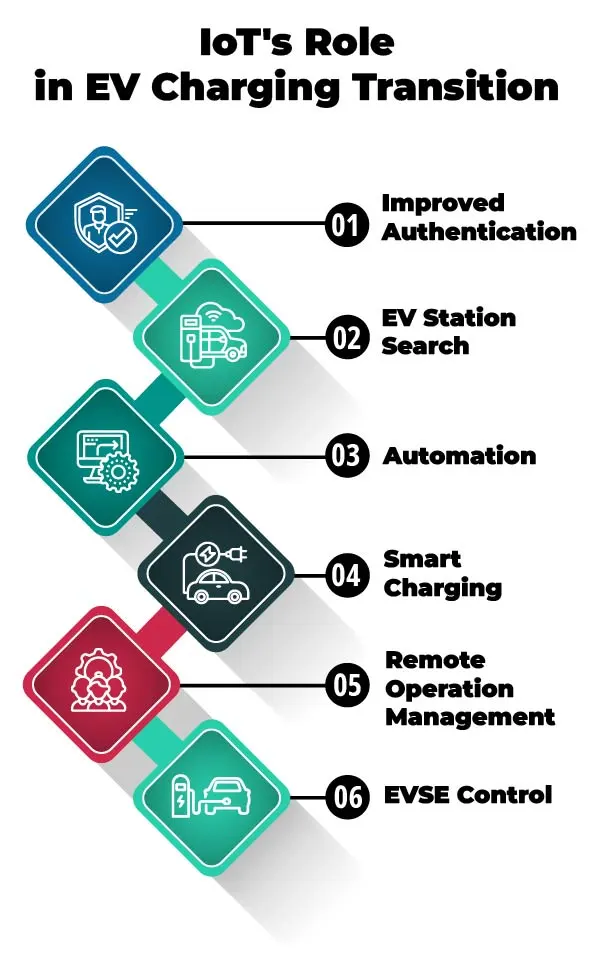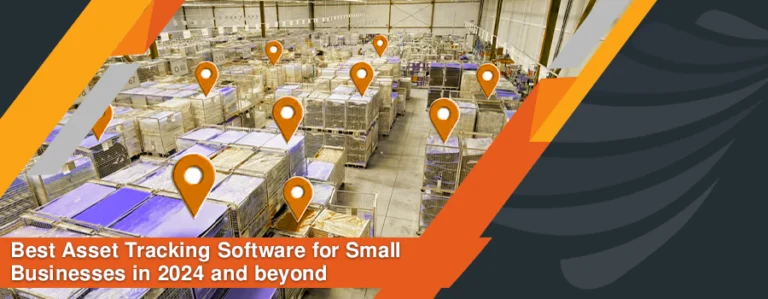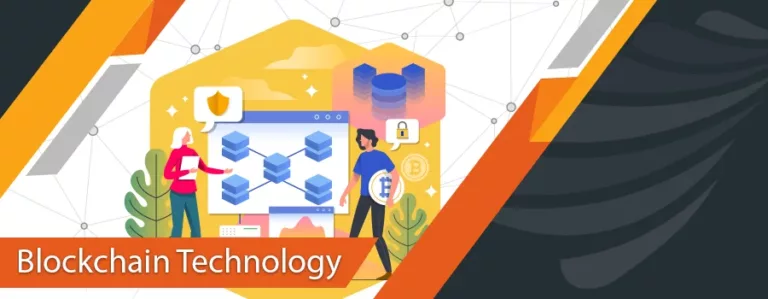The number of Electric Vehicle (EV) users is growing rapidly on national and international levels. The recent report by Statista has revealed that nearly 767k units of EV have been sold in 2022, and by 2027 the EV market unit sales in the region will reach up to 2131k. Moreover, in 2022-2027, the US EV market will grow by 23.17%, resulting in a market volume or revenue of about $139.10 billion. The stats indicate that EVs have a promising future in the region, and initiatives must be taken to enhance the user experience. Despite having much popularity, the lack of access to convenient EV charging stations hinders the widespread adoption of EVs. There is a greater need to construct robust charging infrastructure to observe the dramatic growth of EV adoption. Installing EV charging points is no longer an issue; the greater challenge lies in the remote and smooth management of dispersed devices across different geographical locations. To a greater extent, IoT has the potential to resolve the problems of the EV charging industry and enhance the overall adoption of EVs. Hence, the following article highlights the role of IoT in empowering the EV charging industry and a brief discussion of the use cases.
EV Charging Challenges
- The demand for EV charging stations is increasing; however, the power grids are insufficient to fulfill the charging requests at different locations.
- The electricity grids need constant upgradation to support charging, especially for the city center parking facilities and large charging plazas on busy highways., which in turn results in high costs.
- Since the adoption of EVs is in progress, EV charging stations have been developed at prime locations. Still, less popular or remote areas do not have adequate access to EV charging stations which also impacts EV adoption.
- In addition, the current EV stations lack authentication and authorization and have inadequate user profile management systems. This indicates that the data collection and analysis over these stations are inefficient, adversely impacting the transactions and billing.
- A lack of energy optimization and consumption during peak hours results in downtime and customer dissatisfaction.
EV Charging and IoT
In the horizon of EV charging, IoT comprises three different components: charging equipment, mobile application, and charging management platform. Charging equipment provides a physical connection between the power grid and the EV and performs all core charging operations. The mobile or web application enables EV charging owners to connect with the charging network to authenticate themselves and perform different charging operations. Additionally, a cloud-based platform collects all data from the IoT sensors and performs analytics to manage routine operations.
The most important aspect of IoT in EV charging is data collection and analytics because even a single charging session can generate a large amount of useful data, which might be at risk of wastage if not analyzed properly. The data on the EV station includes EV battery capacity data, grid limits, power consumption and demand, and troubleshooting data. Integrating IoT with EV charging stations enables the presentation of data in reports, charts, and dashboards, along with continuous real-time monitoring of operations. This helps the users and notifies them in case of critical failures and updates. For instance, the mobile application can show the user the remaining charging time and total cost. Also, Charge Point Operators (CPOs) can remotely troubleshoot the devices instead of physically visiting the station, etc. IoT in EV charging stations saves time, effort, and cost.
IoT’s Role in EV Charging Transition
IoT has the potential to facilitate all the stakeholders who are part of the EV value chain; these include EV owners, EV charging station operators, network operators, etc. The following article summarizes different ways IoT benefits the EV charging industry.
– Improved Authentication
Before charging the EV, the users need to verify themselves with the help of smartphones or RFID tags for access. As soon as the EV owner authenticates himself, the data is sent to the cloud. This data is critically analyzed, and the system checks the driver’s profile for complete authentication and conducting authorization and accounting activities. This high-end authentication ensures secure billing and transaction.
– EV Station Search
Finding an EV charging station in an unfamiliar area is hectic. With IoT, EV owners can easily find nearby stations by searching the application’s location, checking availability, and reserving a slot in advance per the charging requirements. The application uses real-time data to advise EV owners about off-peak hours and low-cost charging.
– Automation
While charging the EV, the drivers can roam around at the station. They can have some munching and rest because an application notifies the driver about the time left in charging, automatic payment, error in cable connection, etc., as the system is working autonomously and can send real-time updates to the user. Hence, there is no need to stand by the EV and wait until it’s charging.
– Smart Charging
With EV adoption, energy demand and consumption are increasing exponentially. The energy rates tend to change as per the season. For instance, energy production is high during the summer season with the increased EV charging rates in the daytime. With the help of IoT, the chargers can find the lowest rates available from the grid and start charging automatically. This facilitates the CPOs to manage the surge in energy demand and save costs.
– Remote Operation Management
Remote management of EV stations has been made much easier with IoT. IoT solutions have enabled the CPOs to take real-time device performance insight into account and quickly resolve the associated issues while remotely managing the other EV station operations. Useful insights such as troubleshooting, fault monitoring, utilization, and availability of the charger help reduce downtime and effectively manage operations remotely.
– EVSE Control
IoT in EV charging is responsible for collecting a large amount of data from various sensors and nodes and carefully examining the data while utilizing important performance metrics such as battery capacity of EV, power grid limit, and state of EV charging. The data and analysis in this regard help manage and smoothly control large fleets of charging infrastructure.
Final Word…
EV adoption is growing rapidly due to new functionalities, increased driving range, and reduced battery prices from leading automakers. However, an efficient and reliable EV charging infrastructure in the industry is also important to complement the growth, and in this regard, IoT is said to be the fundamental block. IoT is beneficial not only for EV drivers but also for the CPOs to remotely monitor the operations, prevent downtime, ensure charging availability, and create a seamless EV charging experience.





